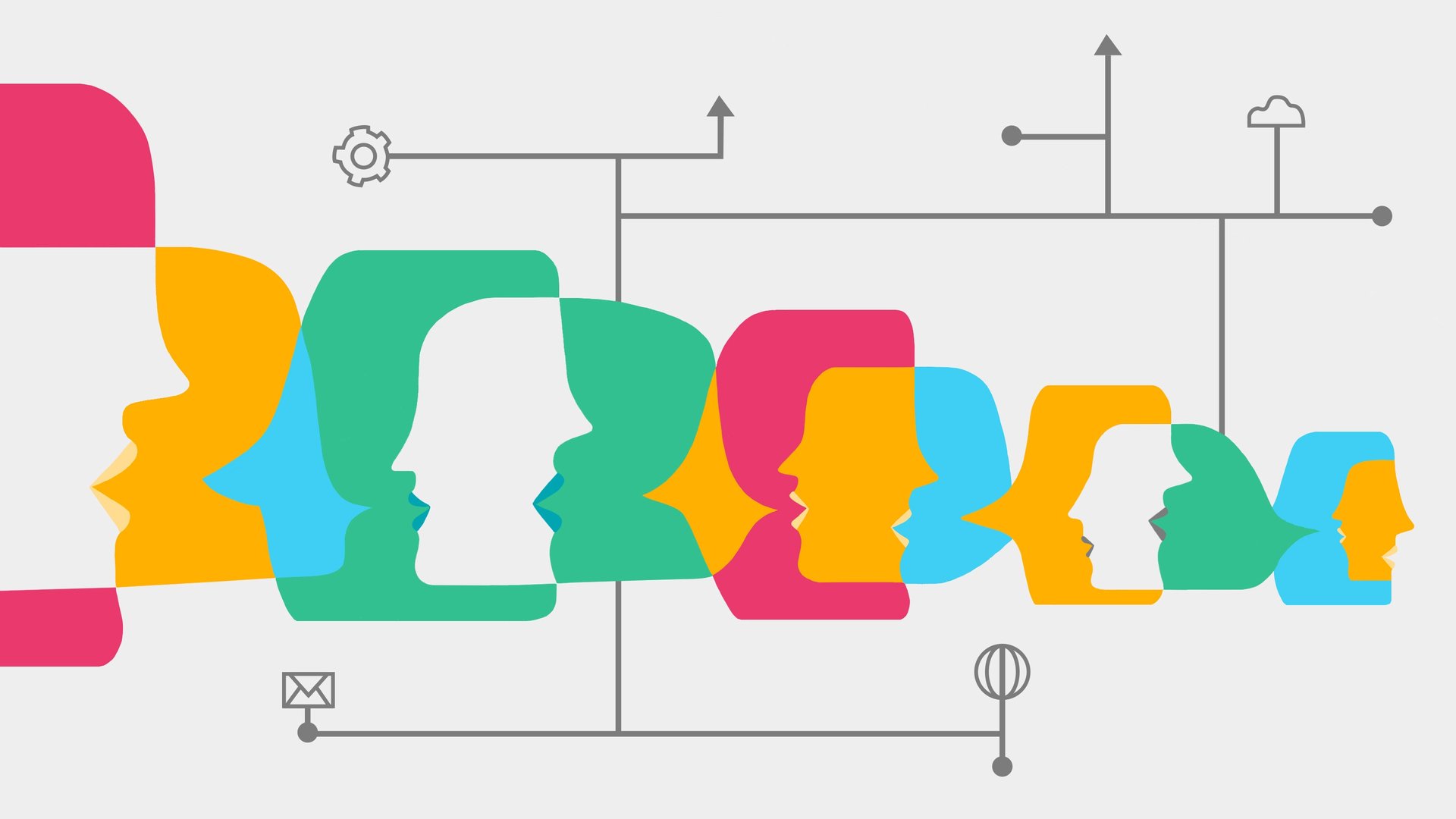Why the age of automation needs people too
What do a bootstrapped startup, local nonprofit, and global investment firm all have in common? Technology has fundamentally transformed the way they work.


What do a bootstrapped startup, local nonprofit, and global investment firm all have in common? Technology has fundamentally transformed the way they work.
To understand how technological change is affecting the modern workplace, Slack surveyed 17,000 knowledge workers in 40 industries, from CEOs to those on the frontlines. (For those unfamiliar, Slack offers a new choice and better way to work together by replacing email inside your company.) The results, published in The 2019 State of Work report, reveal a seemingly paradoxical insight: Automation is on the rise, yet human interactions and alignment are more necessary than ever before.
Your new to-do list
Just about everyone spends part of the workday dealing with simple tasks in order to move on to more complex work. This is where automation offers the most value. At its best, automation takes on routine, repeatable tasks—like filling out forms, tracking response rates, checking paperwork, and extracting information from datasets—so people have more time for innovating, analyzing, problem solving, and creative thinking. Workplace automation isn’t just transforming the types of jobs that are available, it’s redefining their functions.
Thanks to this shift, the average job’s core tasks will change by a whopping 42% between 2019 and 2022, according to Saaida Zahidi, managing director and head of the Centre for the New Economy and Society at the World Economic Forum. With more people taking on roles that are strategic, analytical, and creative instead of repetitive, the importance of effective communication has skyrocketed. And that’s one thing an algorithm can’t do for us.
The limitations of automation
While a chatbot can tell you your order status, it’s no substitute for authentic human connection and collaboration. As work complexity increases, so does the need to align people at all levels around shared goals, values, and strategies. Morale strengthens when everyone understands the big-picture vision and the steps needed to get there. Per the Slack survey, a full 90% of workers said that when they were aligned on company goals, they understood what it would take be successful in their own roles. The stakes become personal, not abstract. Best of all, people feel empowered to make decisions, creating a mindset that accelerates growth and improves job satisfaction.
Communication is the key to making this happen. The State of Work survey found that regardless of how communication happens—whether it’s through messaging apps, phone calls, or face-to-face meetings—63% of knowledge workers who communicate with colleagues at least hourly feel they’re engaged and in alignment with their workplace. That’s compared to just 41% of those who communicate with others at work less than once per day. No matter how skilled employees are, a lack of regular interpersonal contact puts the entire team at risk. It’s just too easy to become distracted, lose sight of shared goals, and miss opportunities.
Tools made for the modern workplace
This new world of work requires more modern approaches to communication. It’s up to every business leader to ensure that their employees can connect individually, across teams, and throughout the company, using tools that are flexible and scalable.
As a true collaboration platform, Slack has helped define the way modern workplaces exchange ideas and get stuff done. By bringing messaging, tools, and files into one super-accessible space, Slack cuts down on time spent toggling between applications. Conversations in Slack work much the way they do in real life: discussions and projects in channels, pull colleagues in for collective input, or take it to a private message. Threaded conversations make following discussions easy, and the ability to search all channels and messages means good ideas don’t get lost. Integrating services like JIRA, Dropbox, Salesforce, and proprietary software keeps workflow moving without interruption. The result? Seamless communication that enables collaboration and keeps everyone aligned.
So, go ahead, let the machines crunch spreadsheets and clean up metadata. Then use the cleared headspace to focus on your organization’s most important asset: Your co-workers.
This article was produced by Quartz Creative on behalf of Slack and not by the Quartz editorial staff. Sources are provided for informational and reference purposes only. They are not an endorsement of Slack or Slack’s products.